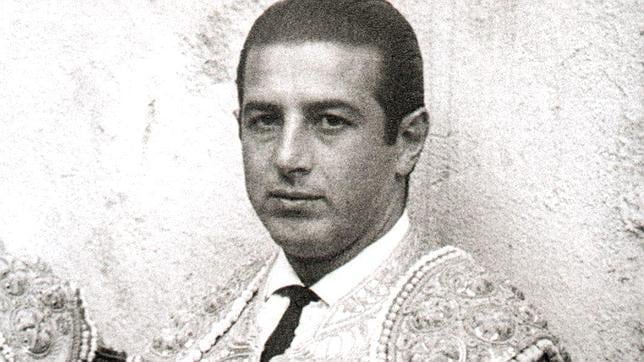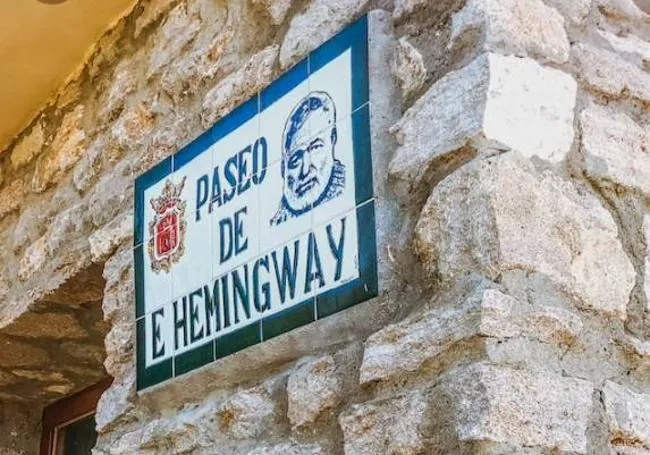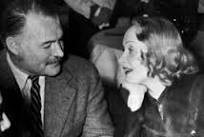Hemingway and Ronda, a relationship of a hundred years
This year marks the centenary of the American writer’s first visit to Malaga province and the start of his passion for the bullfighting town in the mountains
Alekk M. Saanders
Ronda
Friday, 3 November 2023, 16:01
Not many people know that before his much-written-about visit to Spain in 1923, Ernest Hemingway had already been to Andalucía. In 1919, the writer made a short stopover in Algeciras on his way back to the United States after serving in Italy, where he had gone in response to a plea for ambulance drivers on the Italian front.

However, it was only four years later when Ernest Hemingway came to Spain on the advice of the American novelist Gertrude Stein. In 1923, he left Paris to get the feel of Spain and to spend time in Madrid and Pamplona. The intention of Hemingway was to see the bulls and to try to write about bullfighting based on his own experience.
The young writer and his future publisher, Robert McAlmon, as well as (according to some sources) William Bird, an American publisher, later went south to discover the Andalusian cities of Seville, Granada and Malaga, as well as the town of Ronda.
Apparently, Seville didn’t impress Hemingway. American biographer Carlos Baker said Hemingway found the night in Seville boring. “They watched a few flamenco dances, where broad-beamed women snapped their fingers to the music of guitars… ‘Oh for Christ’s sake,’ he kept saying, ‘more flamingos!’ He could not rest until and McAlmon and Bird agreed to go on to Ronda…”
-kGmC-U21042940305t2H-650x455@Diario%20Sur.jpg)
Ronda was a great surprise to Ernest Hemingway. He immediately fell in love with this spectacular town with an ancient bullring, high in the mountains above Malaga. Moreover, the renowned cradle of bullfighting inspired Hemingway to write. Ronda is mentioned in several of his works. For example, In Death in the Afternoon (1932) Hemingway wrote: “There is one town that would be better than Aranjuez to see your first bullfight in if you are only going to see one and that is Ronda. That is where you should go if you ever go to Spain on a honeymoon or if you ever bolt with anyone. The entire town and as far as you can see in any direction is romantic background… if a honeymoon or an elopement is not a success in Ronda, it would be as well to start for Paris and commence making your own friends.”
Ronda inspired Hemingway to write his novel The Sun Also Rises (translated into Spanish and published in London under the title Fiesta) about a bullfighter. By coincidence, a genuine bullfighter from Ronda became the model for his book.
A matador from Ronda
The same year, when the American writer was in Ronda, 19-year-old bullfighter Cayetano Ordóñez debuted in the Maestranza Bullring. Then, the young man was mainly known by his nickname ‘Niño de la Palma’ because his parents owned the shoe shop in Ronda called La Palma. When Cayetano was 13, the boy performed as a bullfighter in the area’s ranches.
After his debut in Ronda’s bullring, Cayetano Ordóñez was immediately in demand by all the professional and amateur rings in Spain. The American writer followed the talented young bullfighter around the bullrings for a long time, notebook in hand to write down details about and around him. (Incidentally, one story says that once Ordóñez honoured Hemingway’s wife by presenting her with the ear of a bull he killed.)

It is believed that Ernest Hemingway finally met up with Cayetano in a hotel in Pamplona for a long conversation. As a result, the influence of the young matador from Ronda on the book was so great that Hemingway had even to declare that “everything that happened in the ring was true, and everything outside was fiction”. Cayetano Ordóñez was aware of the fiction and never complained about it.
Years later, Ernest Hemingway met Cayetano’s son, Antonio Ordóñez, whom he also followed when he was writing chronicles for Life Magazine. It was in 1959 when Ernest Hemingway arrived in Malaga as a journalist to describe the rivalry of two prominent Spanish matadors – Antonio Ordóñez and Miguel Dominguín (also known internationally for his love affairs with Ava Gardner and Rita Hayworth). Their competition in one season of bullfights eventually became the subject of Hemingway’s book The Dangerous Summer. Eventually, Ernest Hemingway became Antonio Ordóñez’s great friend and spent long sojourns at his ‘cortijo’ (a country house) near Ronda.


